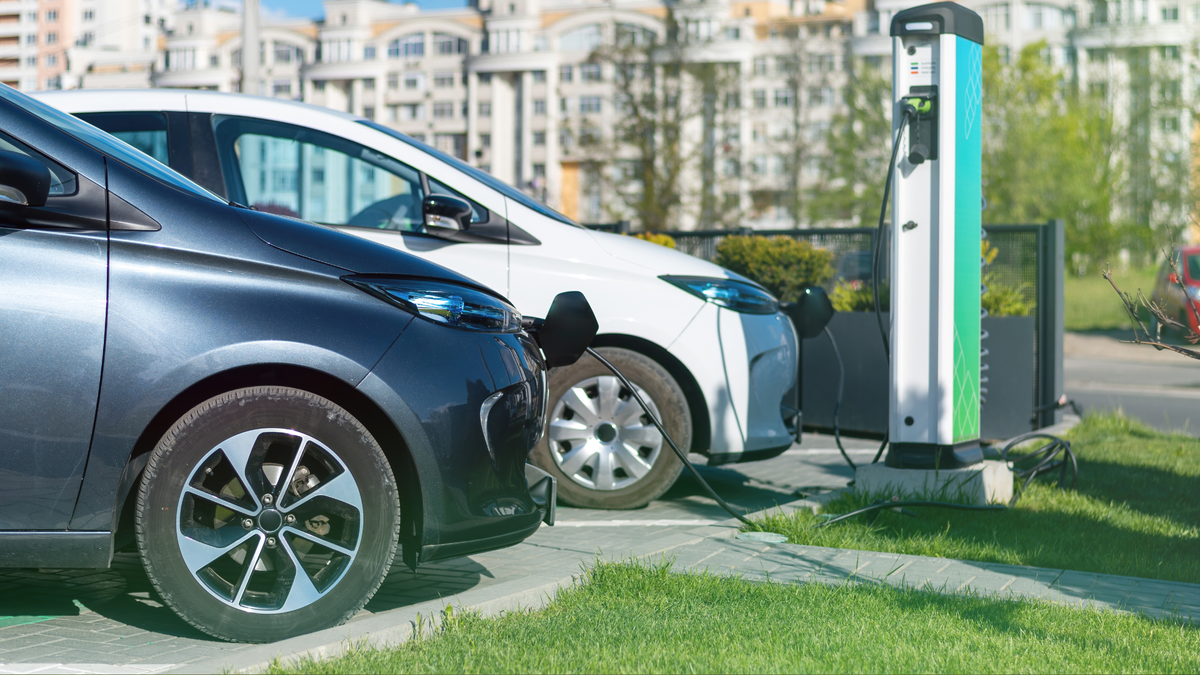How Innovative Renewable Projects Are Powering a Decarbonized Future

Hybrit – A Fossil-Free Steel Revolution (Sweden)
Hybrit is a pioneering collaboration among SSAB, LKAB, and Vattenfall to develop the world’s first fossil-free steelmaking process. By replacing coking coal with hydrogen produced from renewable energy, Hybrit aims to eliminate nearly all CO₂ emissions from steel production. The project not only serves as a blueprint for decarbonizing a notoriously hard-to-abate sector but also signals a shift toward sustainable heavy industry practices.
Urban Decarbonization: Renewable District Heating
Copenhagen District Heating – Integrating Renewables into Urban Infrastructure (Denmark) Copenhagen has reimagined its district heating system by integrating renewable energy sources, waste heat recovery, and energy efficiency measures. Today, a large portion of its district heating is powered by biomass, geothermal sources, and even solar thermal energy, making the city a global leader in urban decarbonization. This holistic approach not only reduces reliance on fossil fuels but also improves overall energy efficiency and air quality.
Industrial Decarbonization through Innovative Technologies
Electra’s Electrochemical Ironmaking (USA): Sandeep Nijhawan’s company Electra is pioneering a breakthrough in decarbonizing the iron and steel sector—a process responsible for about 7% of global emissions. Their pilot plant employs a novel electrochemical process powered entirely by renewable energy to produce iron at much lower temperatures, aiming for an 80% reduction in emissions and significant cost savings. This approach illustrates how renewables can extend beyond electricity to transform heavy industry.
Innovative Solar Deployments with Dual Benefits
Solar Canals on Indian Reservations (USA): Stephen Roe Lewis, Governor of the Gila River Indian Community in Arizona, is spearheading projects that cover irrigation canals with solar panels. These “solar canals” generate renewable energy while also reducing water evaporation—a crucial benefit in arid regions. Such dual-purpose systems help decarbonize local energy supplies and enhance water conservation simultaneously.
Cross-Border Renewable Energy Integration
Morocco-UK Solar Interconnector (UK): Projects like Xlinks’ planned interconnector will transmit solar and wind energy from Morocco across the Mediterranean to the UK. This not only boosts the share of renewables in the UK’s energy mix (already a success story with renewables providing over 58% of its power) but also supports decarbonization by replacing fossil-fuel generation, while stimulating economic growth in both regions.
